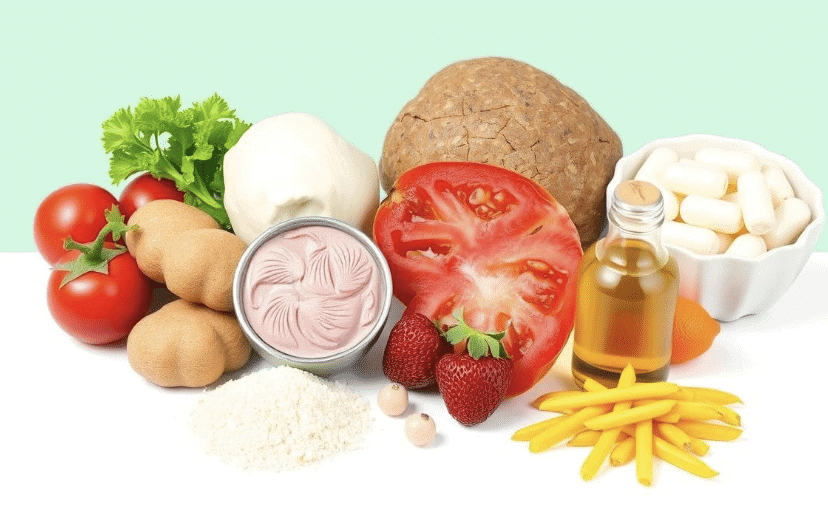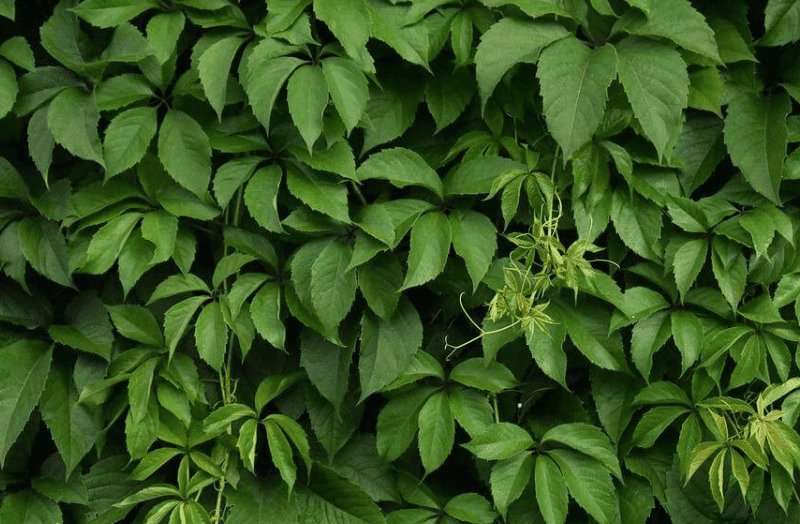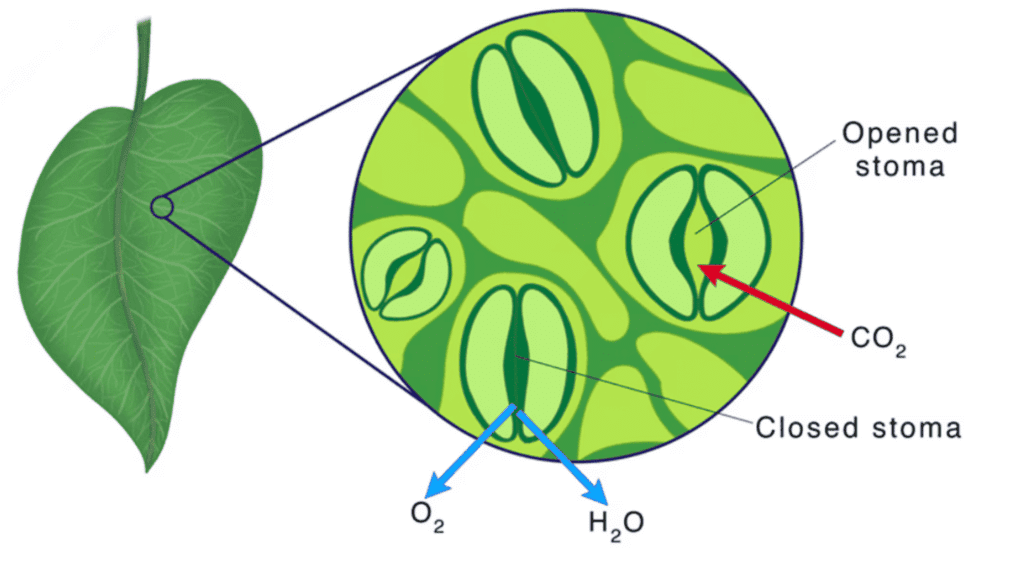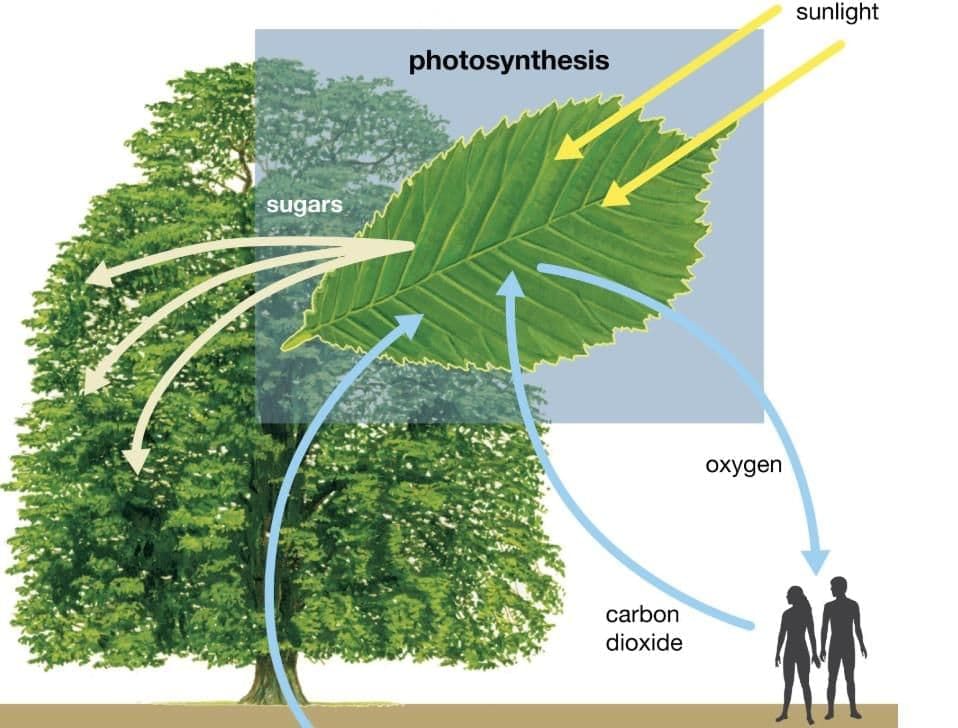Class 7 Science Chapter 10 Very Short Question Answers - Life Processes in Plants
Q1: Name some components of food.
Ans: Carbohydrates, proteins, fats, vitamins, and minerals.
Q2: Define nutrients.
Ans: Carbohydrates, proteins, fats, vitamins, and minerals are essential components of food, these components are called nutrients.
Q3: Give an example of autotrophs.
Ans: All green plants.
Q4: Give an example of heterotrophs.
Ans: Animals and human beings.
Q5: Plants prepare their food by using raw materials present in their ______________.
Ans: Surrounding.
Q6: What do you mean by nutrition?
Ans: Nutrition is the mode of taking food by an organism and its utilization by the body.
Q7: Name the food factories of plants.
Ans: Leaves.
Q8: Name the tiny pores present on the surface of leaves.
Ans: Stomata.
Q9: Name the green pigment present in leaves.
Ans: Chlorophyll.
Q10: ____________ helps leaves to capture the energy of sunlight.
Ans: Chlorophyll.
Q11: Why is photosynthesis named so?
Ans: Because the synthesis of food occurs in the presence of sunlight.
Q12: Sun is the ultimate source of energy for all living organisms. True / False.
Ans: True.
Q13: State the equation for the process of photosynthesis.
Ans: Carbon dioxide + water → carbohydrate + Oxygen (in the presence of sunlight).
Q14: Why are algae present in stagnant water bodies green in color?
Ans: Because they contain the green pigment chlorophyll.
Q15: During photosynthesis, plants take in _______________ and release _______________.
Ans: Carbon dioxide and oxygen.
Q16: During photosynthesis solar energy is converted into chemical energy. True / False.
Ans: True.
Q17: The product of photosynthesis is
a. Carbohydrate
b. Protein
c. Fats
d. All of these
Ans: a. Carbohydrate.
Q18: Name a plant that has both autotrophic and heterotrophic modes of nutrition.
Ans: Insectivorous plants.
Q19: Name the pores present in leaves through which exchange of gases takes place.
Ans: Stomata.
Q20:What do plants need to grow?
Ans: Plants need sunlight, water, air, and nutrients to grow.
Q21. How do plants make their own food?
Ans: Plants make food through photosynthesis.
Q22. What is the role of sunlight in plant growth?
Ans: Sunlight provides energy for food production.
Q23. What do roots absorb from the soil?
Ans: Roots absorb water and minerals.
Q24. What gas do plants take from air during photosynthesis?
Ans: Plants take in carbon dioxide.
Q25. Where does photosynthesis mainly take place?
Ans: Photosynthesis mainly takes place in leaves.
|
80 videos|224 docs|12 tests
|
FAQs on Class 7 Science Chapter 10 Very Short Question Answers - Life Processes in Plants
| 1. What are the main life processes in plants? |  |
| 2. How does photosynthesis occur in plants? |  |
| 3. Why is transpiration important for plants? |  |
| 4. What are the different ways plants reproduce? |  |
| 5. How do plants obtain nutrients? |  |
















